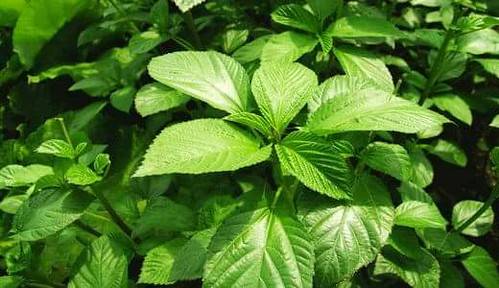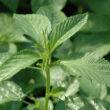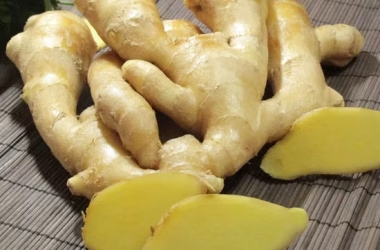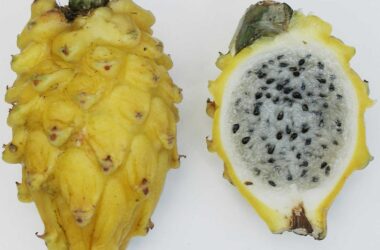Far more than a household staple, Mrenda, or jute mallow—scientifically called Corchorus olitorius—is respected for its therapeutic qualities. For centuries, this amazing plant has been vital in ancient medical systems found all throughout Africa, Asia, and the Middle East. Its nutritious density and bioactive elements make it a great friend in advancing wellness and general health.
Mrenda traditional benefits
Jute mallow has been a staple cure for many different diseases in many societies. From skin diseases to digestive issues, their uses are as varied as their effectiveness. Among its traditional purposes are:
- Mucilaginous texture of jute mallow makes it a natural cure for numerous digestive problems like constipation. It so calms the gastrointestinal tract, so encouraging regular bowel movements and more seamless digestion.
- Whether for internal illnesses like arthritis or outside issues like swelling and wounds, traditional healers have traditionally employed jute mallow leaves to lower inflammation.
- Thanks to its rich nutritional composition, jute mallow is sometimes included in postpartum diets to assist new mothers recuperate and is thought to improve fertility in parts of Africa.
Jute mallow is used in some areas to help with colds, coughs, and other respiratory ailments. Its calming qualities might aid breathing and help to lower throat discomfort.
Modern Scientific Viewpoints
Modern studies have started to find the scientific foundation for several of the conventional applications for jute mallow. Studies suggest the following important health advantages:
- Rich in antioxidants, jute mallow boasts vitamins A, C, and E, as well as phenolic compounds and flavonoids. These antioxidants fight free radicals, therefore lowering the risk of chronic illnesses, including heart disease and cancer.
- Studies have shown that jute mallow extracts contain antifungal and antibacterial qualities, so helping against infections.
- Jute mallow seems to be a possible benefit for controlling diabetes since preliminary studies indicate it may help control blood sugar levels.
- Jute mallow’s great vitamin C concentration helps to produce collagen, which is necessary for skin regeneration and wound healing.
- Compounds in jute mallow have shown potential for liver protection from oxidative stress or toxins.
Key Bioactive Compounds
Jute mallow’s therapeutic qualities mostly result from its special bioactive components, which include:
Strong antioxidants called flavonoids guard against cellular damage and help to lower inflammation.
- Prominent for their immune-boosting and cholesterol-lowering effects are saponins.
- A naturally occurring demulcent that promotes digestive health and soothes inflamed tissues is mucilage.
- Important minerals that boost blood health and bone strength include iron and calcium.
Using Jute Mallow for Health
Jute mallow can be drunk in several ways to maximise its therapeutic properties:
- Cooking the leaves helps them to be easily digested and maintains their nutrients in soups and stews.
- Dried leaves can be steeped in hot water to produce a calming tea that promotes respiratory health and digestive ease.
- Crushed fresh leaves provide healing and calming properties that can be directly put on wounds or irritated regions.
Sustainability and Accessibility
Jute mallow’s crop resilience qualifies it as a sustainable source of both medicine and nutrition. For many communities dealing with health issues, it is a reasonably priced and easily available answer since it grows rapidly and takes few resources.
In essence,
One outstanding illustration of how nature offers us strong tools for healing and wellness is jute mallow. Whether used as food or medicine, its adaptability and potency make it a great tool for both conventional and contemporary healthcare. Jute mallow is ready to replace a pillar of natural medicine as a study reveals its whole potential.









